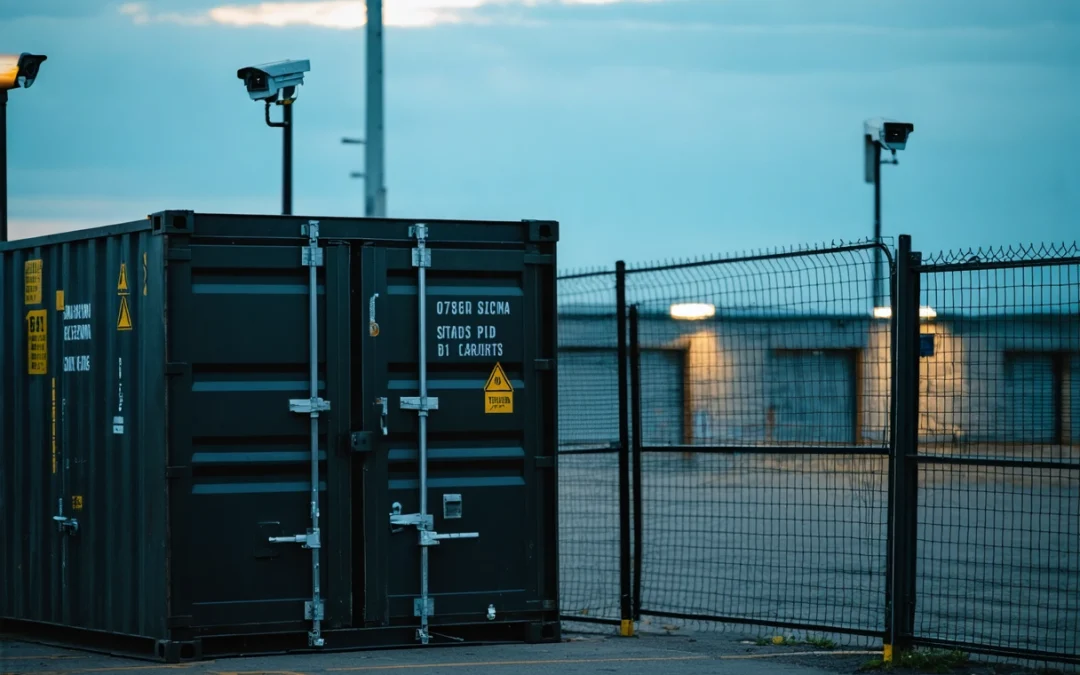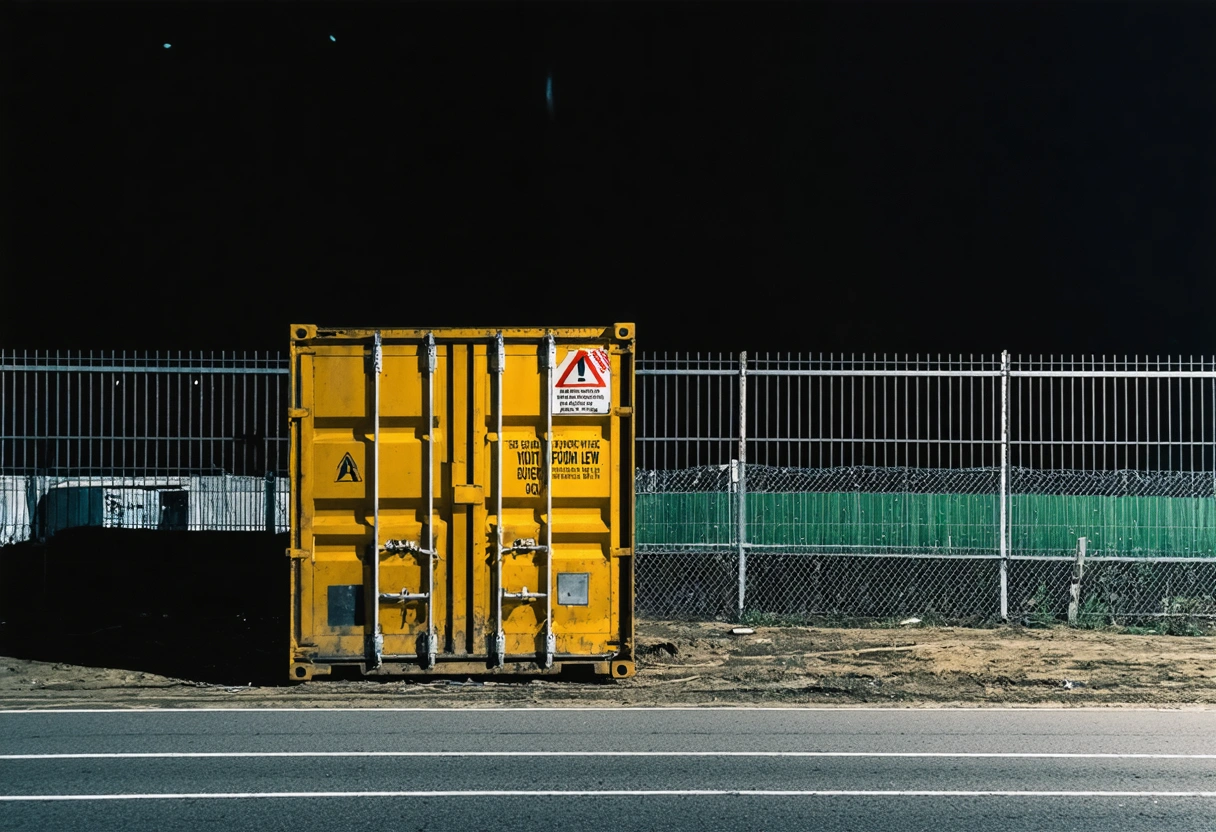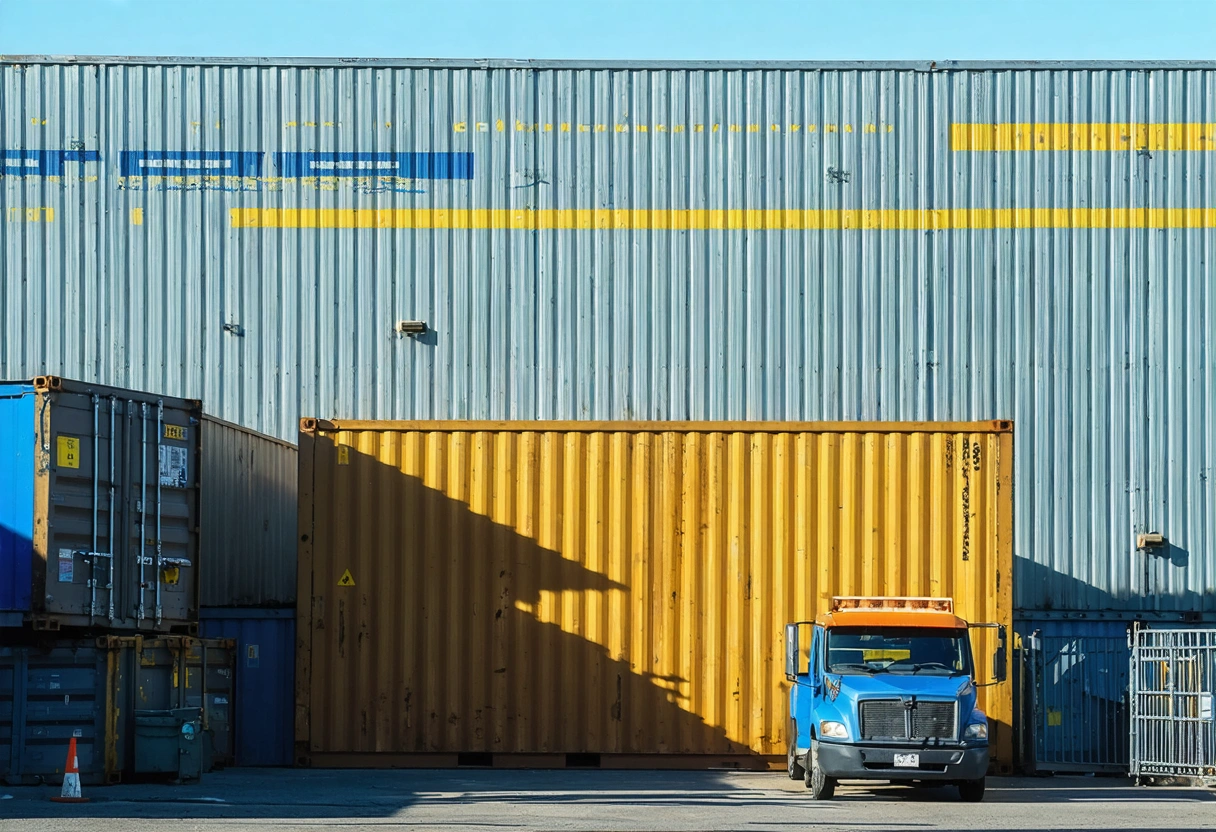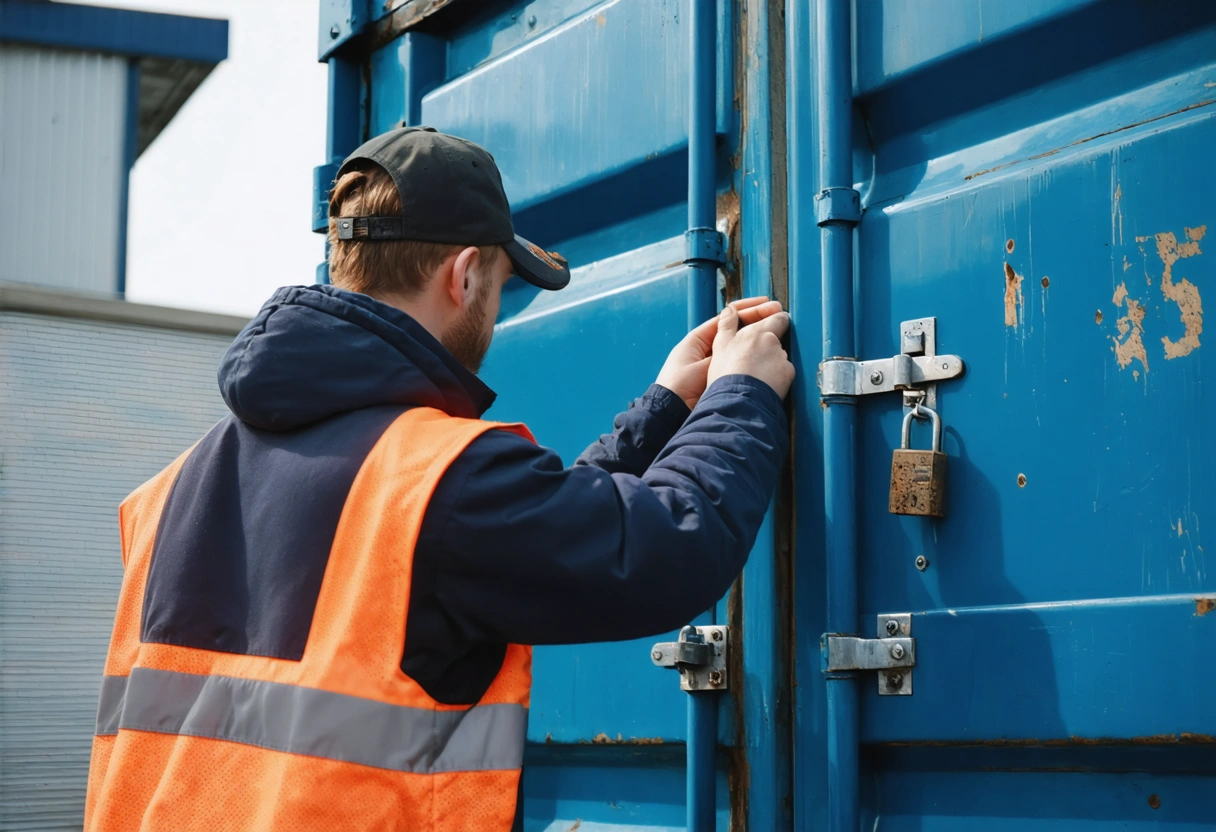Maximizing the Security of Your On-Site Storage Container: A Comprehensive Guide
In today’s fast-paced world, on-site storage containers have become indispensable assets for construction sites, businesses, schools, and even residential properties. Their versatility and mobility make them perfect for safeguarding valuable equipment, inventory, or personal belongings. However, their accessibility and sometimes temporary nature can make them attractive targets for theft or unauthorized access. Ensuring the security of your on-site storage container is paramount in protecting your investments and maintaining peace of mind.
This comprehensive guide dives deep into the best strategies and cutting-edge technologies for maximizing the security of your on-site storage container. We’ll explore physical barriers, advanced locking systems, surveillance technologies, and proactive measures that you can implement immediately. Whether you are a site manager, small business owner, or homeowner, this guide will provide actionable insights to help you keep your storage container and its contents safe from harm.
Table of Contents
- Understanding the Risks Associated with On-Site Storage Containers
- Choosing the Right Storage Container for Security
- Implementing Robust Physical Barriers
- Advanced Locking Systems
- Leveraging Surveillance Technology
- Lighting and Access Control
- Routine Maintenance and Inspection
- Staff Training and Security Awareness
- Insurance and Record Keeping
- Conclusion
 Understanding the Risks Associated with On-Site Storage Containers
Understanding the Risks Associated with On-Site Storage Containers
Before you can effectively secure your storage container, it is essential to understand the inherent risks these containers face. Portable storage units are often located in isolated or minimally supervised areas, making them susceptible to opportunistic theft, vandalism, or unauthorized access. In addition, the contents stored within, such as construction tools, electronics, or confidential documents, can be highly valuable and easily resold.
According to jobsite security experts, theft from construction sites alone accounts for hundreds of millions of dollars in annual losses. This highlights the importance of addressing security vulnerabilities early and thoroughly. Risk factors may include proximity to public roads, lack of lighting, inadequate locks, and untrained staff. By identifying these challenges upfront, you can tailor your security strategy to mitigate threats and deter criminal activity.
Choosing the Right Storage Container for Security
Not all storage containers are created equal. The foundation of any security plan is selecting a container that is designed with protection in mind. Standard ISO shipping containers, for example, are made from heavy-duty, corrugated steel and offer a baseline level of security. However, specialized security containers are available with reinforced doors, tamper-proof hinges, and integrated lockboxes.
When evaluating containers, consider the thickness of the steel, weld quality, and the integrity of the locking mechanisms. Opt for containers that offer weather resistance as well, since rust and corrosion can compromise structural integrity over time. Consulting with reputable storage container providers and referencing guides from organizations like the Occupational Safety and Health Administration (OSHA) can help ensure you choose a unit that meets your security needs and complies with local regulations.
Implementing Robust Physical Barriers
Physical barriers are your first line of defense against unauthorized access. Placing your storage container in a well-fenced area, preferably surrounded by a tall, robust fence with a secure gate, creates a physical boundary that deters intruders. If possible, place the container in a location that is visible from your main building or office to leverage natural surveillance.
Additional strategies include strategically placing heavy objects or vehicles around the container to restrict access to its doors. Installing anti-theft bollards or concrete blocks can further prevent vehicles from ramming or towing the container away. For sites with higher security concerns, consider adding razor wire or anti-climb paint to perimeter fences, making it more difficult for potential thieves to gain access.
 Advanced Locking Systems
Advanced Locking Systems
The most vulnerable point of a storage container is its door. Investing in high-security locks is crucial for maximizing protection. Traditional padlocks, while common, are susceptible to bolt cutters and lock-picking. Instead, opt for heavy-duty discus locks or puck locks, which are designed to resist tampering and cutting.
For even greater security, install a lockbox, which is a steel shroud that covers the lock and makes it extremely difficult to access with tools. Some containers come with built-in lockboxes, while others can be retrofitted as an upgrade. High-tech alternatives such as electronic keypad locks or biometric access systems are also available, offering enhanced security and the ability to track who accesses the container and when.
For detailed guidance on selecting and installing high-security lock systems, refer to resources like the Security.org lock types guide to ensure you are using the best technology for your needs.
Leveraging Surveillance Technology
Modern surveillance technology offers powerful tools to deter theft, monitor activity, and provide evidence in case of an incident. Installing security cameras with night vision and motion detection capabilities around your storage container can significantly reduce the risk of theft. Visible cameras act as a psychological deterrent, while discreet ones can help catch perpetrators in the act.
Mobile surveillance units, which are self-contained and easy to relocate, are particularly useful for sites where power or internet connectivity may be limited. Additionally, wireless camera systems can send real-time alerts to your phone or security team when suspicious activity is detected. Learn more about best practices for deploying surveillance systems from this comprehensive CDC guide on workplace surveillance.
Lighting and Access Control
Proper lighting is a simple yet highly effective security measure. Well-lit areas are less appealing to criminals, who prefer to operate under the cover of darkness. Install motion-activated floodlights around your container to startle potential intruders and draw attention to unauthorized activity. Solar-powered lighting solutions can be used in remote areas where electrical access is limited.
Access control is equally important. Limit the number of people who have keys or access codes to the container. Keep a record of who has been granted access and update permissions as necessary. Consider implementing a check-in/check-out log or using electronic access control systems that track entry times and users. These measures not only reduce the risk of internal theft but also provide a clear audit trail in case of an incident.
 Routine Maintenance and Inspection
Routine Maintenance and Inspection
Even the most secure storage container can be compromised if it is not properly maintained. Regularly inspect the container for signs of wear, rust, or physical damage that could weaken its structure or locking mechanisms. Pay particular attention to hinges, doors, and seals, as these are common points of failure.
Promptly address any issues, such as replacing worn locks, tightening loose bolts, or patching holes. Scheduled maintenance not only extends the lifespan of your container but also ensures that your security measures remain effective. For more on effective maintenance routines, review this Grainger guide to maintenance and inspection programs.
Staff Training and Security Awareness
Human error is a major contributor to security breaches. Training your staff or team members on proper security procedures is essential. This includes educating them on how to lock and unlock the container properly, what to do in the event of suspicious activity, and the importance of not sharing access codes or keys with unauthorized individuals.
Establish a culture of security awareness by conducting regular briefings or distributing informational materials. Encourage staff to report any unusual activity immediately and provide them with clear instructions on who to contact in such situations. By fostering a vigilant mindset, you can significantly reduce the risk of both accidental and intentional security breaches.
Insurance and Record Keeping
No security system is infallible. In the unfortunate event of theft or damage, having comprehensive insurance coverage can help mitigate financial losses. Speak with your insurance provider to ensure your policy covers the contents of your storage container, as well as potential liability for incidents that occur on your property.
Keeping accurate records is equally important. Maintain an up-to-date inventory of the items stored in your container, complete with photographs and serial numbers where applicable. Store these records securely, either digitally or off-site. Detailed documentation can expedite the claims process and assist law enforcement in recovering stolen property. For tips on keeping effective inventory records, consult this IRS guide to recordkeeping for small businesses.
 Takeaways
Takeaways
Maximizing the security of your on-site storage container requires a holistic approach that combines strong physical defenses, cutting-edge technology, and proactive human intervention. By understanding the risks, choosing the right container, implementing robust barriers and locking systems, leveraging surveillance and lighting, maintaining regular inspections, fostering security awareness, and keeping thorough records, you can significantly reduce the likelihood of theft or loss.
Security is not a one-time investment but an ongoing commitment. As new threats emerge and technology evolves, continually reassess your security measures and adapt as needed. By following the best practices outlined in this guide, you will be well-equipped to protect your valuable assets and ensure the safety of your on-site storage container for years to come.
Need help with Maximizing the Security of Your On-Site Storage Container: A Comprehensive Guide?



 Understanding the Risks Associated with On-Site Storage Containers
Understanding the Risks Associated with On-Site Storage Containers Advanced Locking Systems
Advanced Locking Systems Routine Maintenance and Inspection
Routine Maintenance and Inspection Takeaways
Takeaways